Spring gardening is all about planting and anticipation, then waiting to see the bounty emerge from the ground. As the days grow longer and the soil slowly warms up, here’s what you need to do
Flower power

Flowers that can be sown into the ground now include aquilegia, bishop’s flower, calendula, cornflower, cosmos, larkspur, love-in-a-mist, nasturtium, phacelia, scabiosa, snapdragon and sunflower. Delphinium, petunia, phlox, portulaca, salvia and zinnia are best sown under cover. Plant dahlias, gladioli, irises, daylilies and calla lilies in warmer areas. In cooler climes, wait until the chance of frost recedes.
All sown up

Vegetable seeds that struggle with cold are best started indoors this month, then planted out once air and soil temperatures warm up in October and early November. These include tomatoes, cucumber, pumpkin, melon, chilli, eggplants and courgettes. Sow beetroot, carrots, lettuce, parsley, radish, silver beet, spinach and spring onions direct, as long as the ground’s not waterlogged.
Silver lining

Take tip cuttings of lavender, santolina, teucrium, buddleia and other silver-leafed plants by nipping off 5cm or so of new growth and poking, close together, in a punnet of damp river sand or light soil.
Change of heart
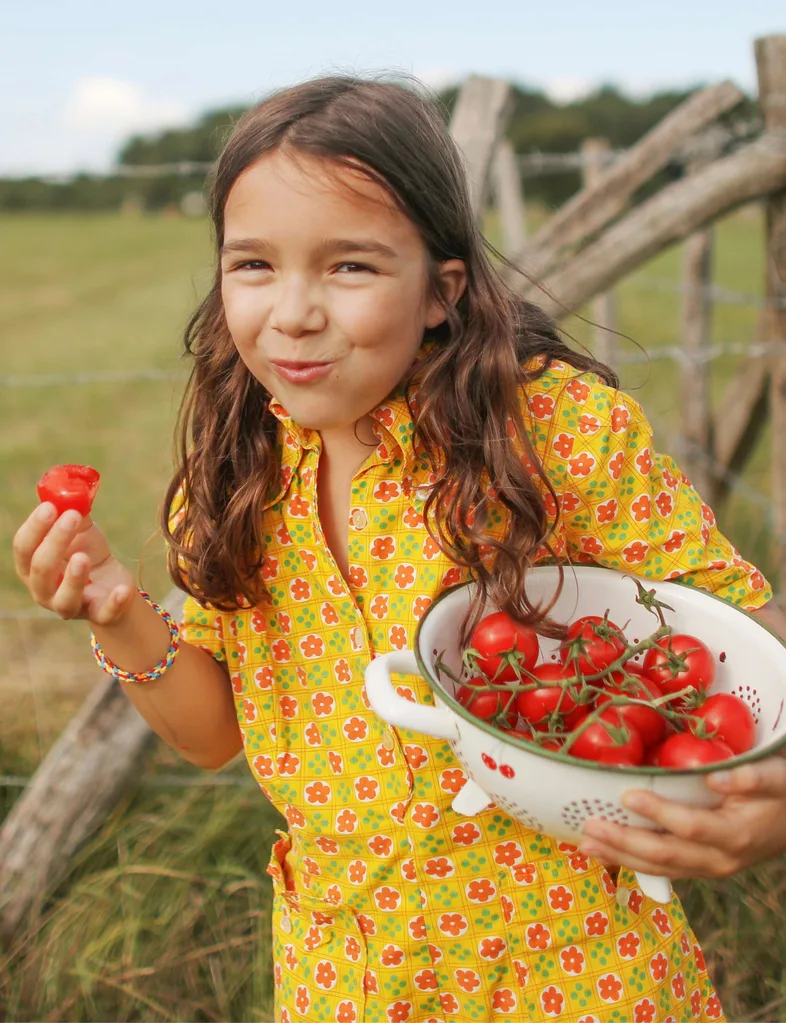
If your tomatoes weren’t great last summer, try another variety and/or growing them in a different spot. For a variety of reasons, staking tomatoes is not always feasible. Fortunately, not all tomato varieties need stakes or supports. Determinate or bush tomatoes are more compact and well-suited for smaller gardens, container growing, and even hanging baskets. They generally mature more quickly than indeterminate tomatoes. On the downside, they have a shorter growing season and tend to ripen all at once.
Sour notes
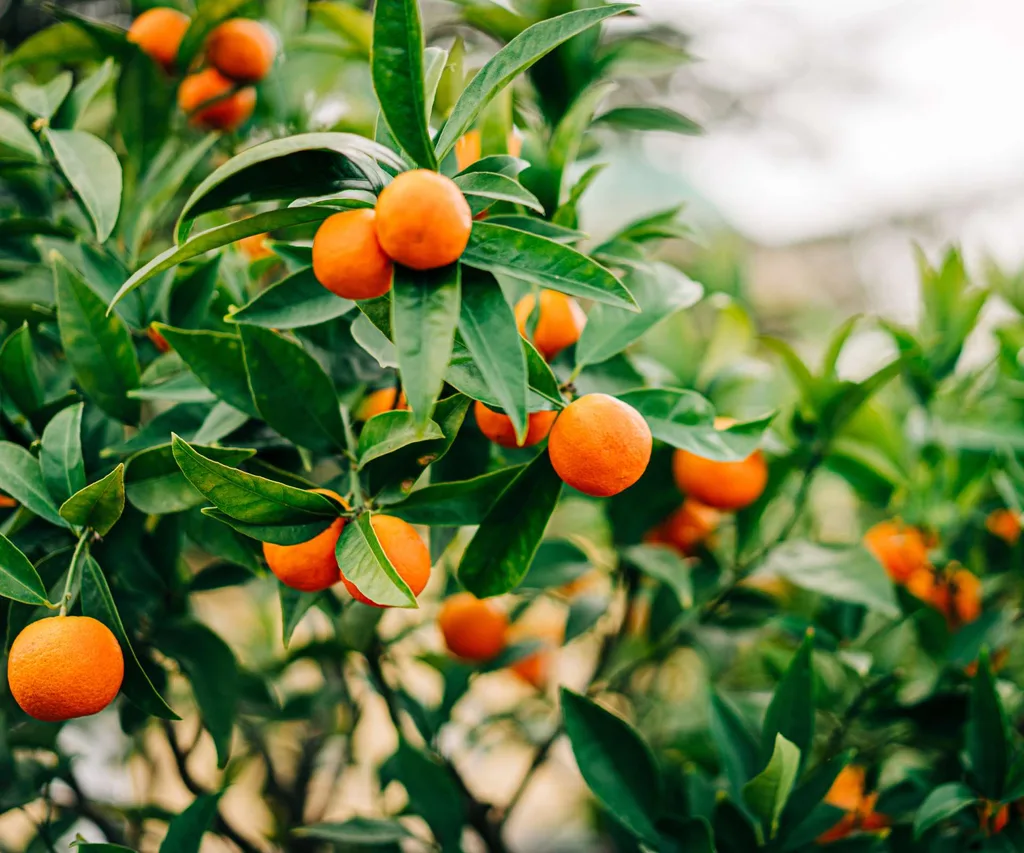
Prune citrus to encourage bushiness. If insects have been a problem, spray trees with oil.
Annual or not to annual?
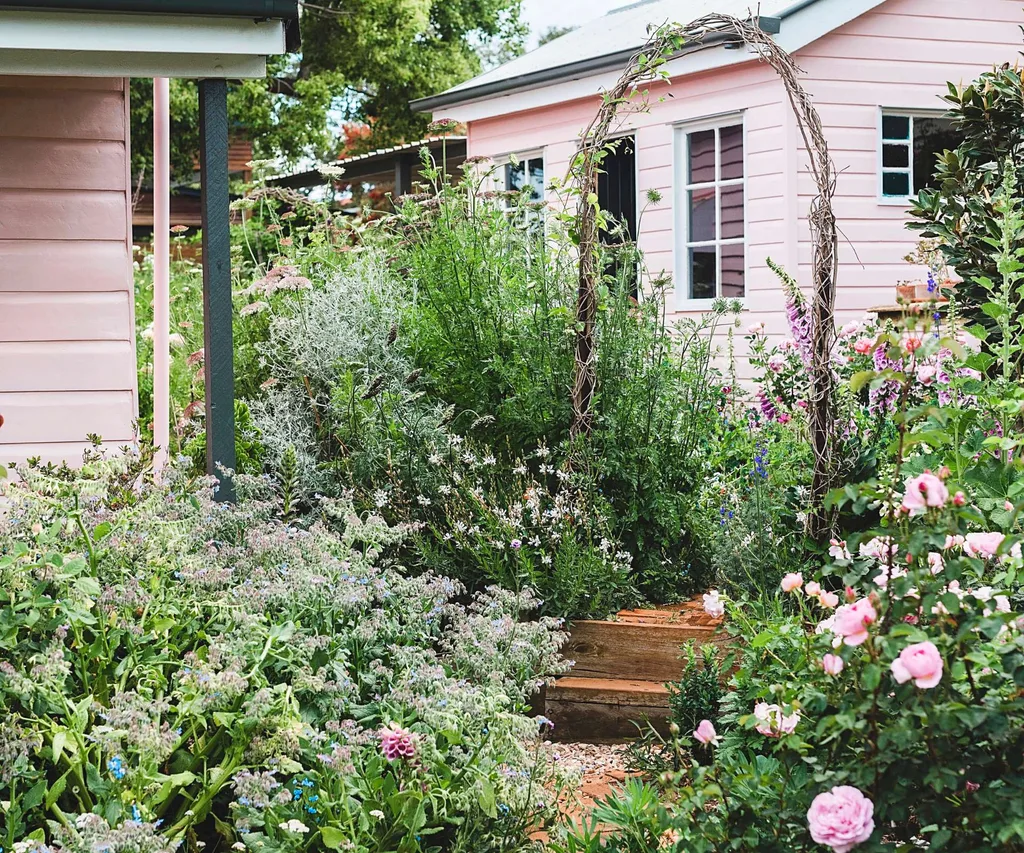
Often overlooked as the poor cousin in the flower family, annuals can play a valuable role in garden design. Strictly speaking, an annual is a plant that does its thing – germinates, grows, flowers, sets seeds and dies – within a year. However, people often group some short-lived, cold-sensitive perennials, such as nasturtiums, alyssum, snapdragons and petunias, in with annuals. In warmer zones, without the cold to slay them, they may live way longer than a year.
So what’s good about annuals? Many are very pretty. They are useful for filling gaps in the garden around the base of trees in pots or in containers to add colour. They often flower for far longer than perennials and bulbs. While perennials put their energy into their roots, getting established and preparing for the next year, annuals concentrate on flowering to attract pollinators, at which they’re pretty efficient. Then they set seed, many germinating readily, ensuring a long-time supply.
On the other hand, dying off at the end of each season makes them perfect for commitment-phobic or capricious gardeners. Usually easy to grow from seed, though often direct sowing into the garden, they enable bulk plantings – a feat often expensive or time-consuming if using perennials. Many self-seed readily, ensuring years’ of supplies without much fuss.
Support system

Put in stakes, cages and other support mechanisms around tall perennials and bulbs next month to avoid damaging more mature roots, and to allow the plants to grow up through them. This is much easier than trying to corral wayward and over-zealous growth later in the season, and protects heavy blooms. Plants most likely to need help include delphiniums, peonies, daylilies, lilies, gladioli and dahlias.
Feed ’em up
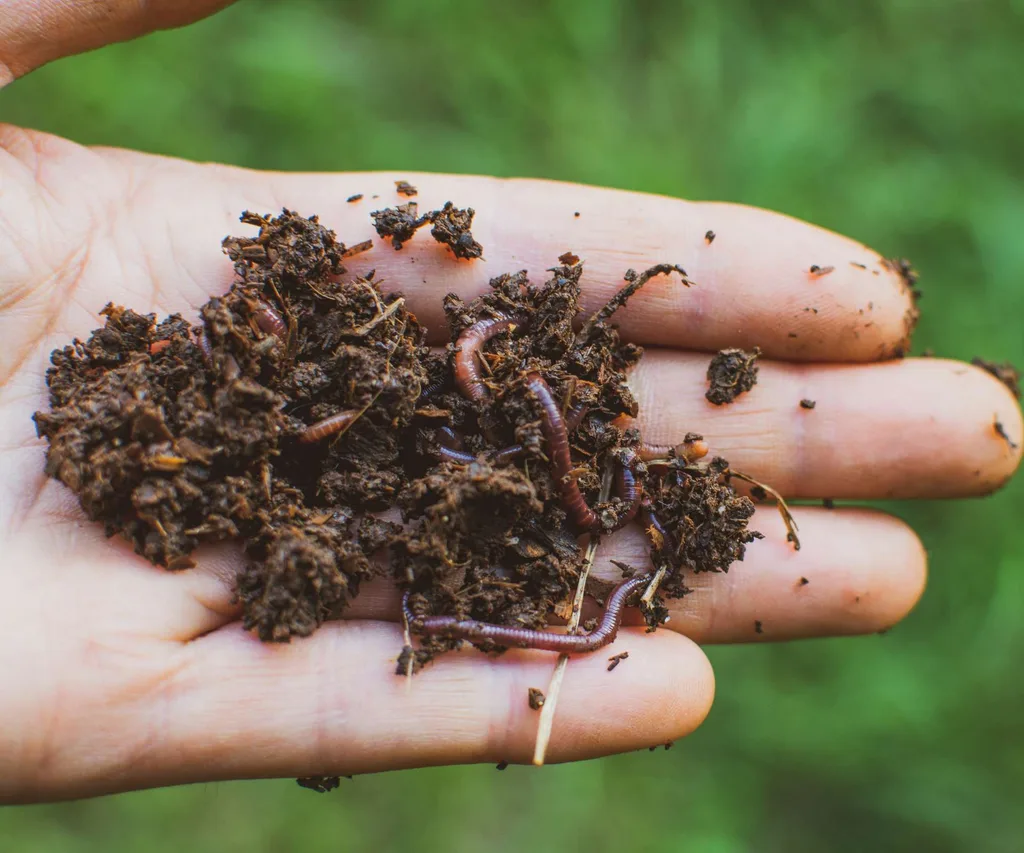
Although a well-balanced diet is essential – a good mulch of compost and feed of liquid fertiliser will benefit every plant in the garden, big and small – some crops have particular demands, many of which can be met either from your own garden or cheaply. Leafy crops need more nitrogen, easily found in chicken manure pellets, horse manure and stinging nettle, soaked in water for fertiliser tea.
Fruiting crops thrive on extra potassium, so ensure comfrey is in the tea (or place leaves at the bottom of planting holes), and seaweed will imbue it with myriad vitamins and minerals. Worm juice and castings are also highly nutritious, and you can easily create farms in old baths. What household scraps you don’t feed to the worms, add to the compost, an easy and sustainable ways to add goodness to your soil.
Go with the rho
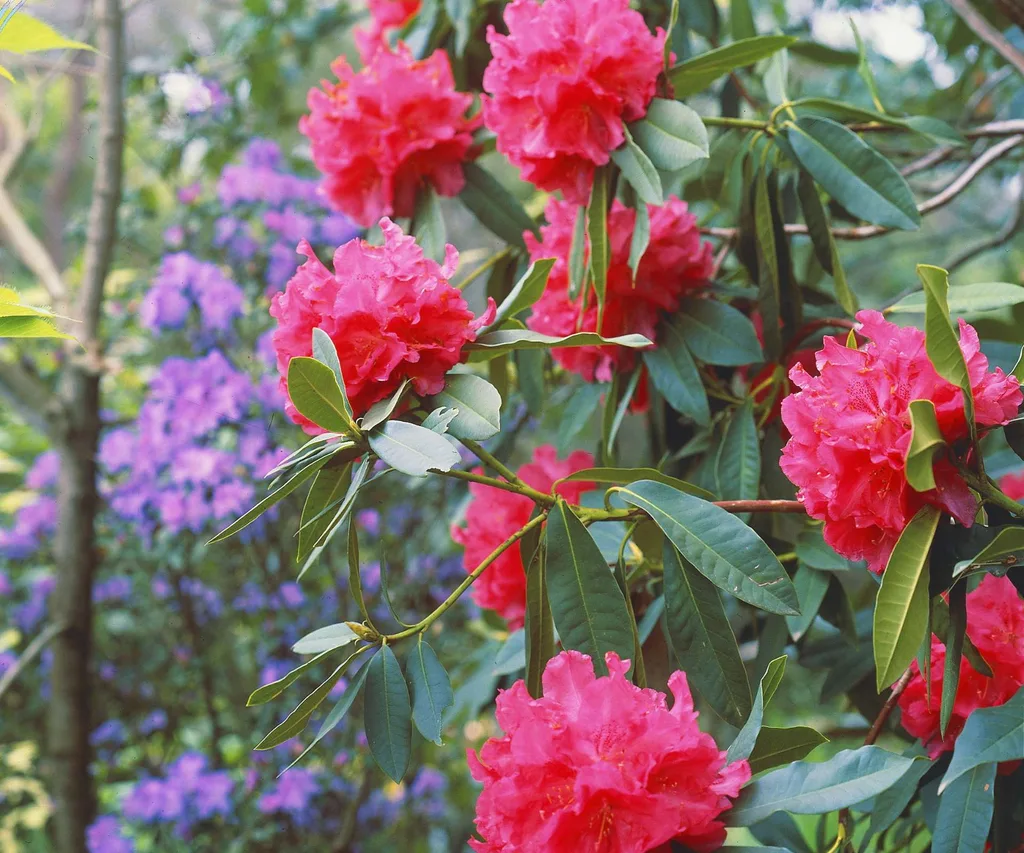
Next month is peak rhododendron flowering time. Make a note to visit a rhodie garden near you and revel in all its glory. Roses, clematis and flag irises, too, are at their finest in late spring.
Yoo-hoo, it’s a yuzu!

It yields very little juice, and long, sharp thorns surround the soft, mandarin-sized fruit. But there’s no gain without pain and Kiwi chefs in the know can’t get enough of this East-Asian citrus fruit. If you’re lucky enough to come across a plant, snap it up immediately. Supply is limited!
Tend to it like any other prized garden specimen by planting in organically-enriched soil in a sunny, sheltered spot. Other fruit trees to get into the ground now include citrus, peaches, plums, apples and nectarines.
Shop the best tools help make your spring gardening a breeze
For more gifting inspiration, browse our gift guide for green-thumbed gardeners.
 Images: Getty
Images: Getty














